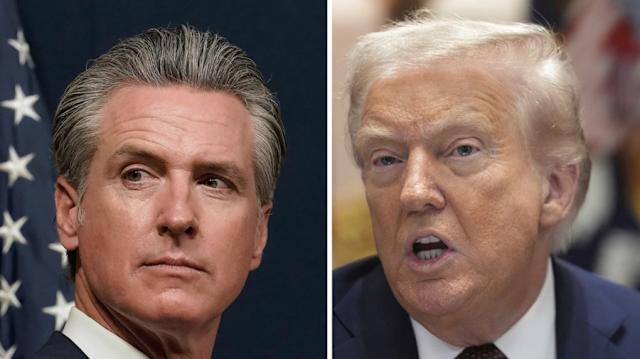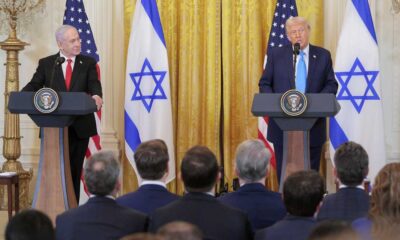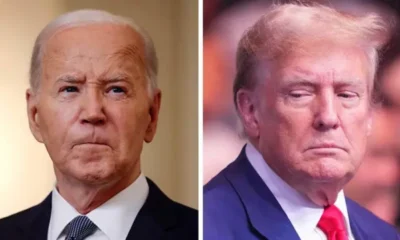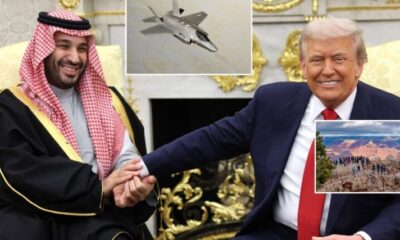NEWS
In a midnight social-media blast from Air Force One en route to Beijing, President Donald J. Trump detonated the post-Cold War nuclear order with eight words: “I have instructed the Department of War to start testing our Nuclear Weapons on an equal basis.” The directive—issued without Pentagon briefing, congressional notice, or allied consultation—ends America’s 32-year voluntary moratorium on full-scale nuclear detonations and thrusts the world toward a tri-polar arms race.

In a surprise move, Donald Trump announced that the United States will “immediately” resume testing of its nuclear weapons arsenal, citing concerns over advances by Russia and China. The declaration came via a social-media post issued while travelling to a summit with China’s leader, signalling the strategic importance of the message. Though the U.S. has not conducted a full-scale explosive nuclear test since 1992, the directive appears designed as a signalling tool in a renewed great-power competition.
The directive raises immediate questions about what kind of “testing” is intended. U.S. officials have not clarified whether the tests would involve actual nuclear warhead detonations or instead rely on non-explosive experiments, simulations, or missile system tests. Experts warn that if explosive tests resume, the policy shift could break the longstanding moratorium on nuclear detonations and spark significant global security concerns.
The context for this move is significant. Russia recently announced tests of advanced nuclear-capable weapons including a nuclear-powered cruise missile and an autonomous underwater vehicle described as nuclear-capable. Meanwhile China is expanding its nuclear stockpile and modernising its delivery systems, putting pressure on the U.S. deterrence posture. President Trump’s message emphasises that the U.S. must not fall behind its rivals: “Because of other countries’ testing programmes, I have instructed the Department of War to start testing our Nuclear Weapons on an equal basis.”
Even as the directive plays to strategic rivalry, it has met with significant backlash from arms control experts, lawmakers and international institutions. The Comprehensive Nuclear‑Test‑Ban Treaty Organization warned any explosive test would be “harmful and destabilising” for global non-proliferation efforts. U.S. lawmakers expressed confusion and concern about the lack of clarity and the risk of provoking a renewed arms race.
Looking ahead, the implications of this policy move are profound. If the U.S. proceeds with explosive nuclear testing, it could trigger reciprocal actions by Russia and China and undermine decades of test-ban norms. Alternatively, if the tests are limited to non-explosive or warhead-maintenance experiments, the change may be more symbolic than substantive—but still a potent message. Either way, the decision shines a spotlight on the shifting dynamics of great-power nuclear competition. Monitoring how the Pentagon and Department of Energy interpret and implement the directive will be key in the coming months


















